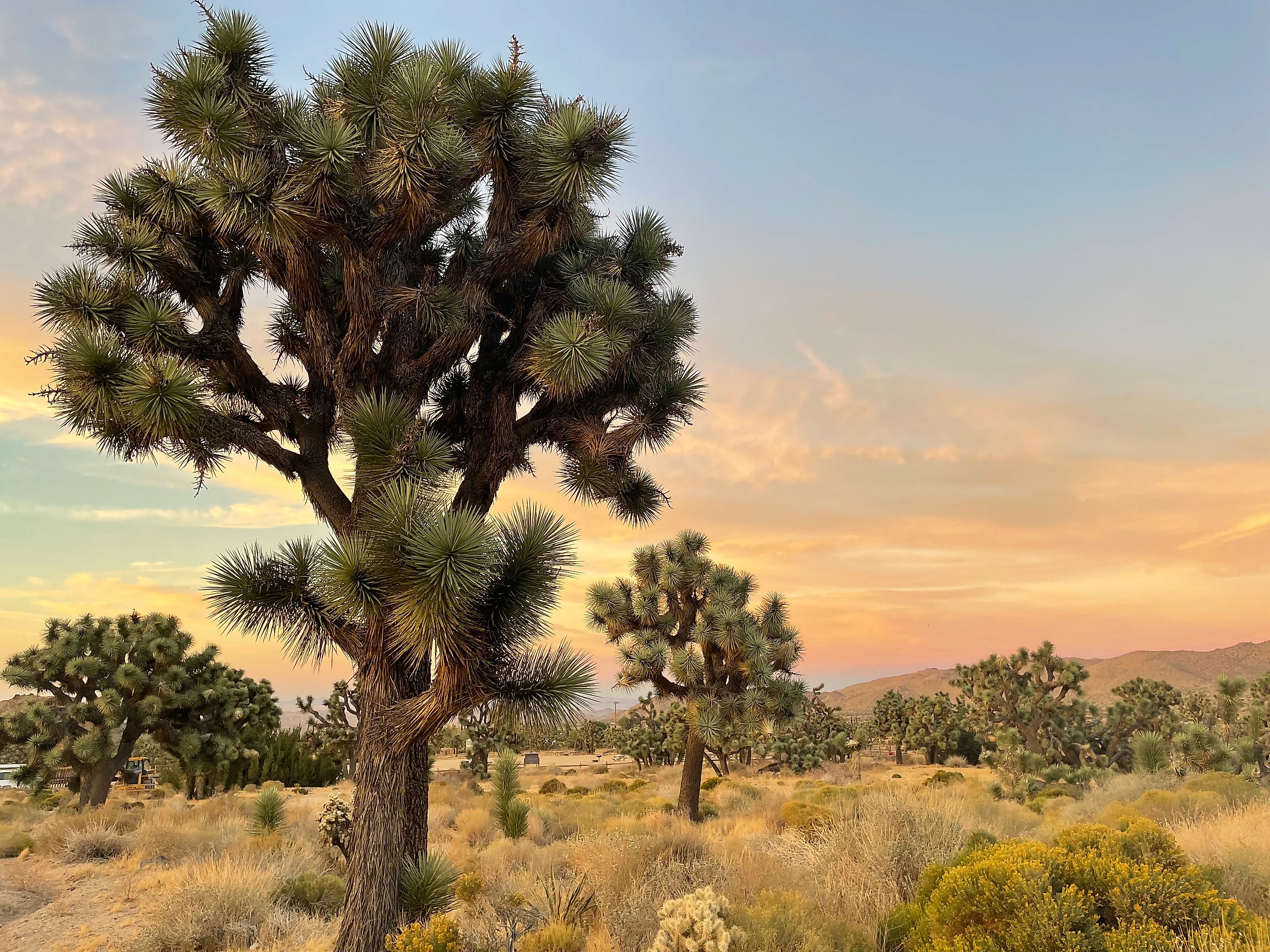
The Faces of Joshua Tree National Park
After slipping down the Pacific Coast for a month, the intense LA traffic finally signaled that it was time to head east. And what better post-ocean contrast could there be than plunging into the vast and equally mysterious desert? Joshua Tree National Park covers nearly 800,000 acres of arid yet lively terrain and includes six mountain ranges, two of America's four major deserts, eight distinct campgrounds, tons of trails, countless climbing routes, and a litany of plant and animal species specifically suited to the region's extreme climate swings. Four days wasn't nearly enough time to do this California park justice, but it did give me a sense of why over three million people visit each year. Plus, the modest adventure planted an indelible seed of curiosity, which will undoubtedly be sown in the near future. Believe that. Here's an overview of some key sites in the western (i.e., Mojave) region of Joshua Tree.
Campgrounds
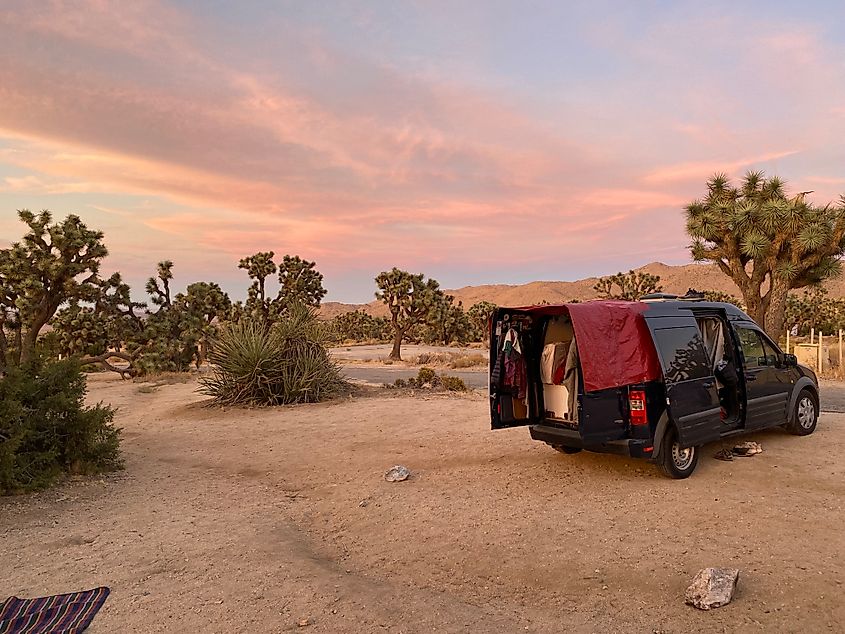
Bopping between campsites was a good way to take the temperature of the park. Literally. It went from a biting cold wind at Black Rock Canyon the first night, to still and hot over at Indian Cove the next. The serene weather then thankfully followed me back over to Black Rock, where I waited for the not-so-trustworthy campervan to get in for another tune up (a continuation of the unexpected tribulations of van life).
Switching sites also allowed for a glimpse into the micro-cultures that ebb and flow throughout the week. Friday's potential was quelled by the obstinate wind (though a few determined musicians did stick it out for a smidge). Saturday summoned the Bluetooth speakers, booze laughs, and couples who were due for a fight. By Monday (yes I skipped a day, but more on that in a moment) you could hear the drop of a pin, the chopping of wood, and that infamous coyote chorus which arose just in time to greet the purple-orange dusk.
Black Rock Canyon
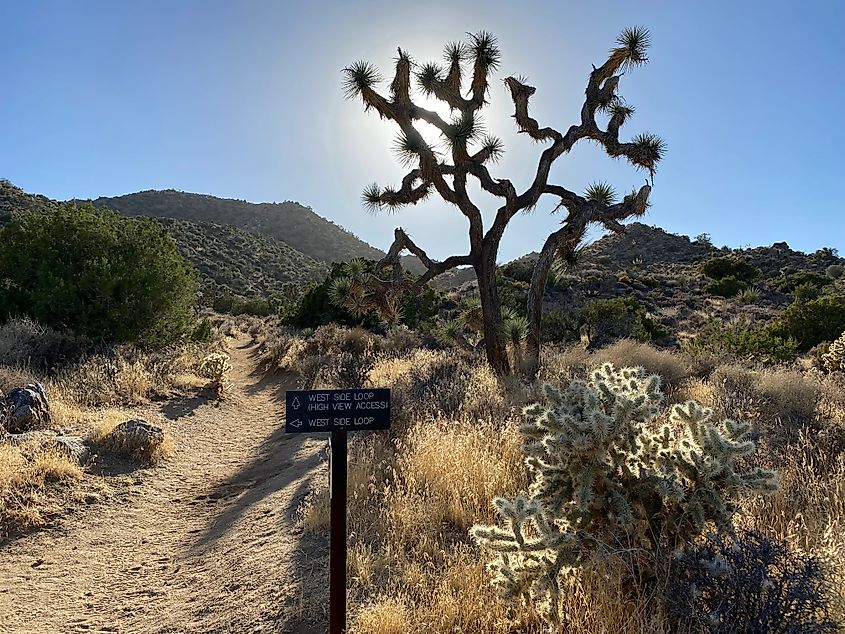
In my opinion, Black Rock Canyon offers a good soft entry into Joshua Tree. This 99-site campground sits just five miles south of Yucca Valley, is inundated by the marquee plant (fun fact: Joshua Trees are actually part of the yucca family), has water fill up stations, and even eeks out a passable internet connection. There aren't any showers though, so be prepared to embrace those dirty hippie feet.
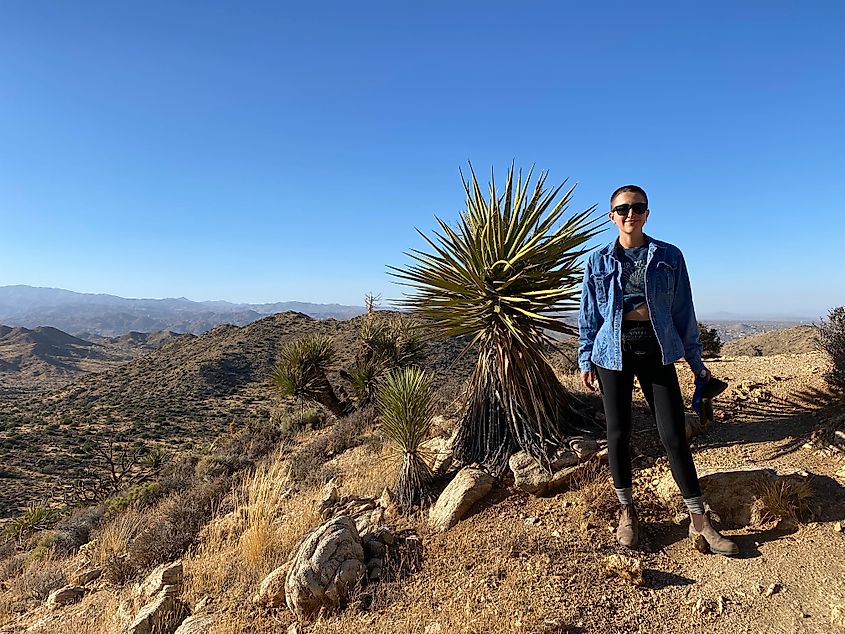
Black Rock is also surrounded by several rewarding trails. The short and sweet High View Trail takes hikers into the rocky peaks for a bird's-eye perspective of the area. West Side does the same, but across a longer, 4.1-mile loop (after running it, I'm pretty sure it's over five), thereby revealing even more eclectic desert scenery. And then the 37-mile California Riding and Hiking Trail gives big-time adventurers the opportunity to delve deep into the park, eventually connecting to the Ryan Campground (or you can simply head back the same way at any point).
Indian Cove
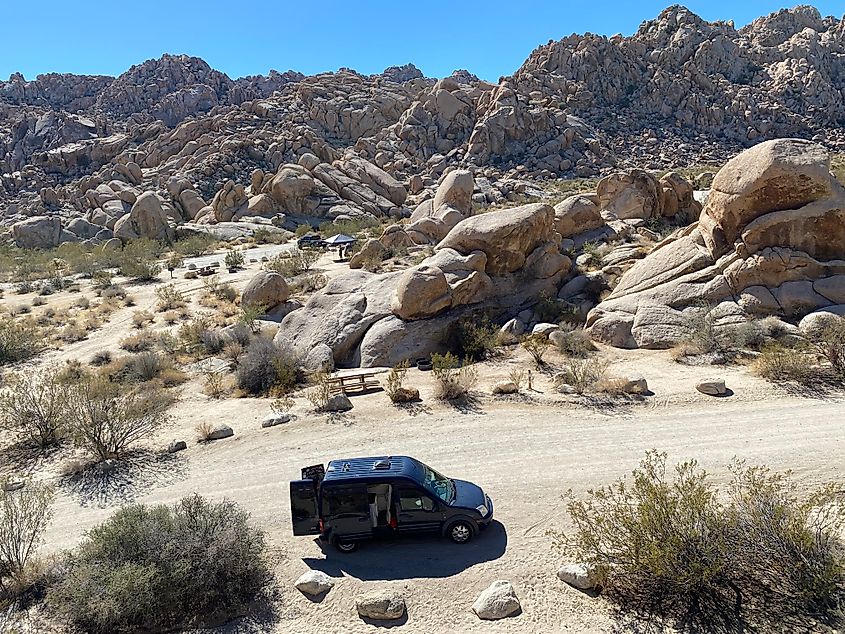
Indian Cove Campground ditches the vegetation and civilized amenities, but supplants spiritual rock formations in their stead. It's hard to not anthropomorphize the monzogranite megaliths, or even see faces in their textures. Though exposed, and ultimately, unforgiving, there's a calm here that makes one want to sit cross-legged on a perch, marvel at the non-uniform erosion (and volcanism), and listen for whatever wisdom this ancient landscape wishes to impart. At the same time, Indian Cove is clearly a mecca for climbers, and there are a few short hikes that are well-worth taking.
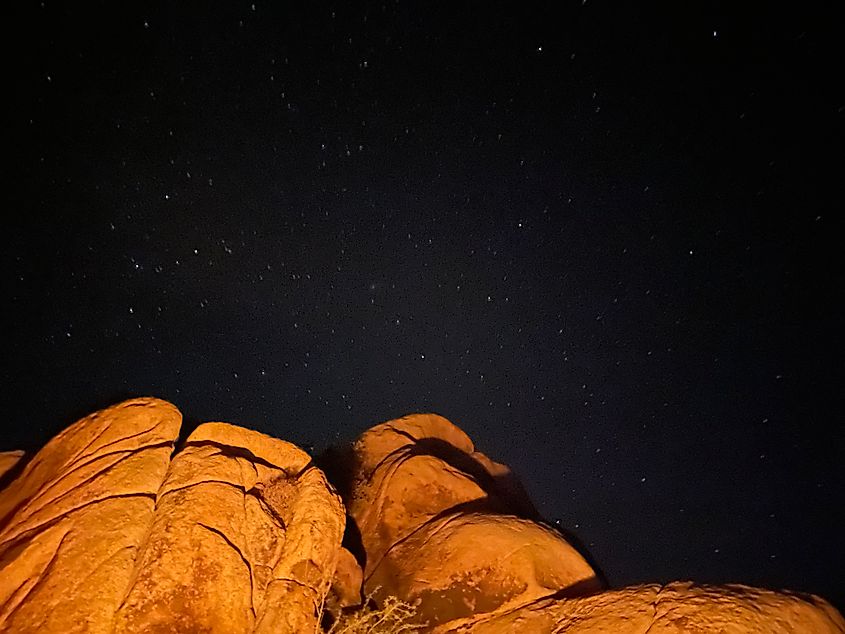
I was so taken aback by the setting (and grateful for the hospitable weather) that I even chose to "cowboy camp," rather than hunker down in the aforementioned camper van. Sprawled across the provided picnic table (I wasn't quite brave enough to meet the critters in the dirt), I watched the Milky Way gradually emerge, only to give way to a rising moon. It shone as bright as a street light the rest of the night (woo, triple rhyme!). I actually had to pull a hat over my eyes in order to doze off.
Satellite Towns
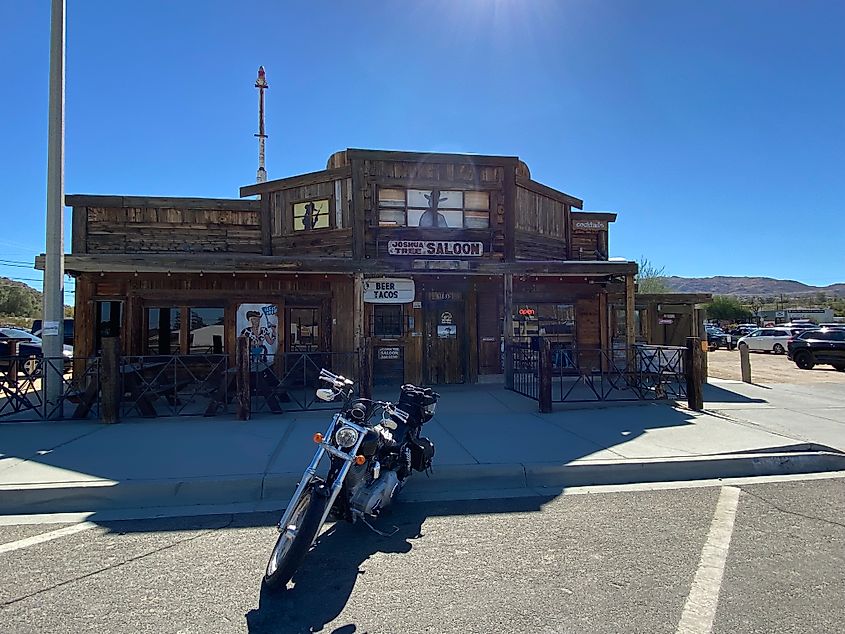
If your Joshua Tree journey takes you to any campground other than Cottonwood (i.e. the sole gathering place in the southeastern (i.e. Colorado Desert) portion of the park, then the State Route 62 towns of Yucca Valley, Joshua Tree, and Twentynine Palms will be your access points from the north. Here's my hot take on each of the three.
Yucca Valley
Not to throw shade (for in these parts, there really is none to spare), but Yucca Valley failed to capture this travel-blogger's intrigue. It's a place to stock up on supplies/gas and grab one last latte or Big Mac before heading into the park and, therefore, off the grid. I noticed that Yucca Valley does have some cool annual events, but other than that, I'd probably just devote as much time as possible to Joshua Tree National Park.
Joshua Tree
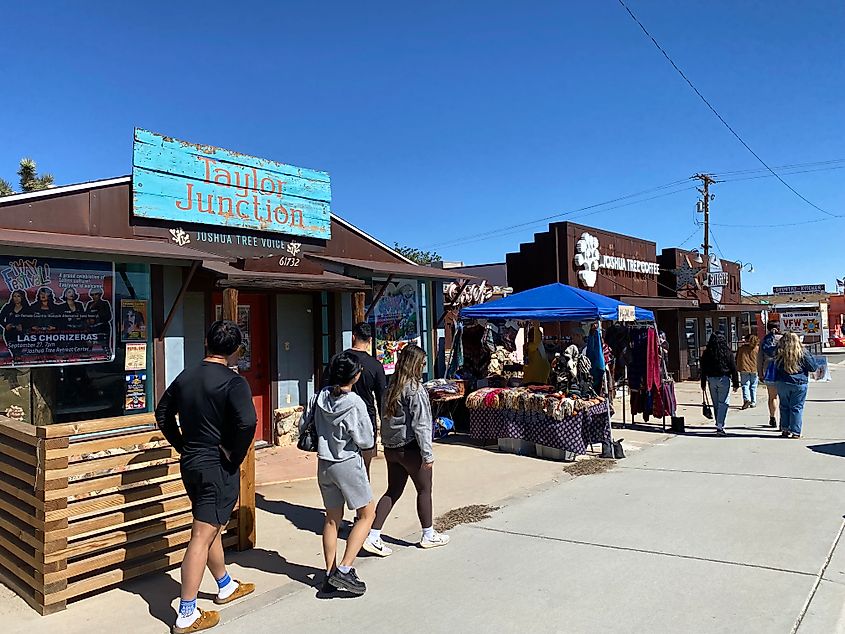
This eponymous town has much more of that Coachella vibe that I expected to find in these parts. There are a couple of independent cafes, lots of little markets (permanent and pop-up), a spirited saloon, and more random sculptures, art displays, and ambiguous automotive paraphernalia than you can shake a stick at. As such, I think Joshua Tree, the town, is a better match for the adjoining national park than our previous feature. With that said, the cool vibes might not be worth the inflated price of accommodations, in which case you'll want to scoot along to the last of the northern Joshua Tree boundary towns.
Twentynine Palms
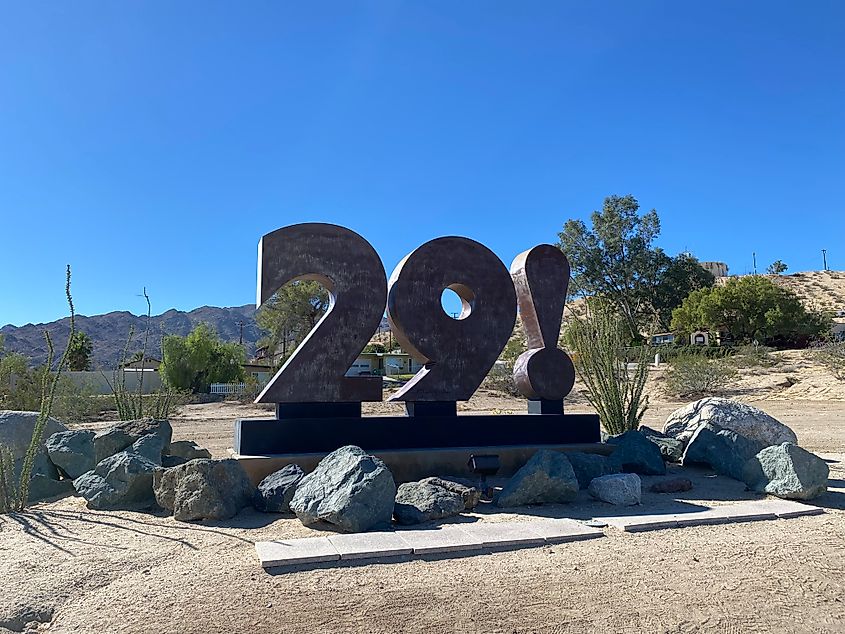
Twentynine Palms blends the attributes of Yucca Valley and Joshua Tree. It has the amenities you need and the corporate fast-food chains you may desire, but it also has a timeless donut shop, a craft brewery, quirky art galleries, and is home to the national park's headquarters. Since last-minute campsites were non-existent on Saturday night (a good reminder that peak season here takes place during the non-summer months), we opted for a cheap motel in Twentynine Palms. As luck would have it, the town was celebrating Pioneer Days, which turned main street (by which I mean the highway) into a pedestrian haven.
Bonus: Palm Springs
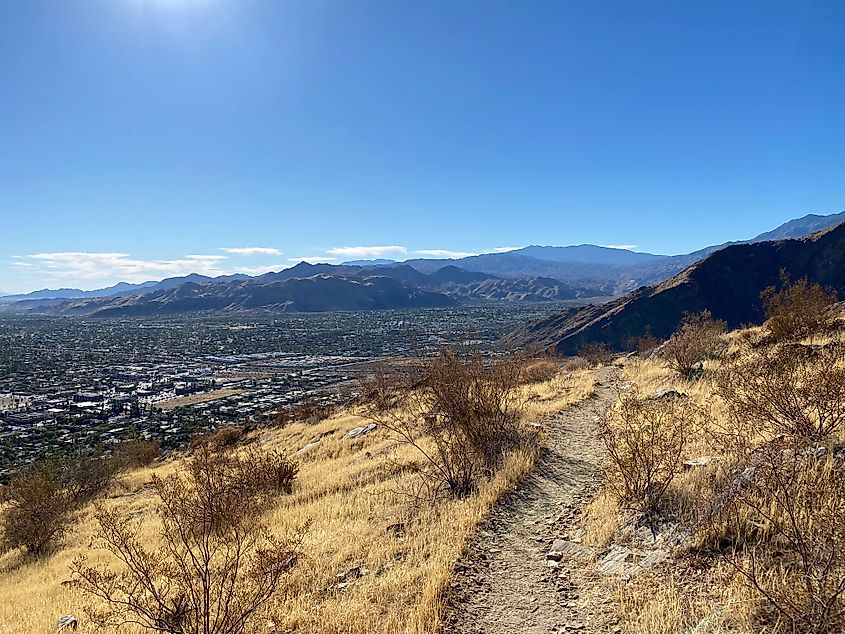
There is, of course, always the option to roll in style and just day-trip to Joshua Tree from the comforts of Palm Springs. This resort town - popular amongst snowbirds but also a fair share of families and couples - is roughly an hour southwest of Black Rock Canyon and Indian Cove, and also just over an hour west of the Cottonwood Campground. Palm Springs has its own international airport, something like 100 golf courses, and a downtown full of classy hotels, designer retail, a variety of wine and dine outlets, and a mix of Spanish architecture to smooth it all out.
Personally, I appreciated that Palm Springs maintains awesome mountain trails, some of which push off directly from downtown. What's even better is that people put them to good use. I saw several folks of retirement age working their way down the North Lykken Trail early on Wednesday morning - clearly demonstrating that they are regulars at this natural gym. Anyone wishing to avert dehydration or a sprained ankle while still basking in the desert alpine can opt for the Palm Springs Aerial Tramway instead. Either way, for outdoor-enthusiasts, Palm Springs is a perfect aperitif for the national park.
Joshua Tree Is Where It's At
I know I'm late to the Joshua Tree party, and I know such a desert retreat can seem a bit cliché, but this Californian national park is deserving of the hype. The neat thing about its somewhat ubiquitous, somewhat foreboding facade is that you can project yourself onto it and come away with whatever experience calls to you. If you want to chalk up and "send it," go crazy. If you'd rather kick back, day-nap, and indulge, all the power to you. And if you want to kick off your shoes, adorn your most colorful, flowiest hippie scarf, and get a little New-Age freak on over the long weekend, I promise your fellow campers will understand. I can't wait to trod this desert-colliding wilderness again soon. Maybe I'll see you out there.











